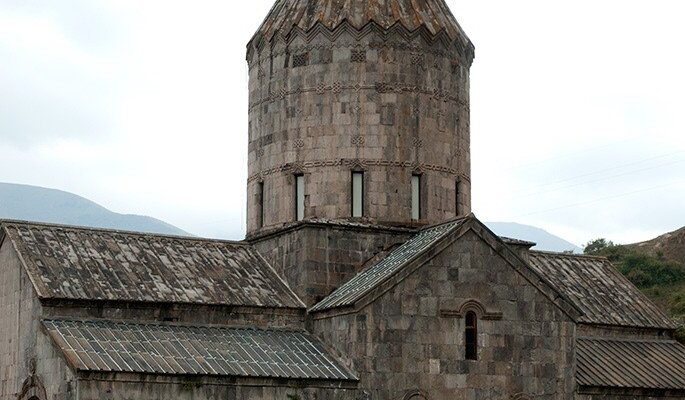Tatev Monastery (Armenian: Տաթևի վանք)
Tatev Monastery is one of the most famous among the many monasteries of the Armenian Apostolic Church. It is located in the picturesque places of Southern Armenia, 30 km from the town of Goris near the village of the same name Tatev, on the right, high bank of the Vorotan River, about 280 km from Yerevan.
.
In 1995, Tatev Monastery was considered for inclusion in the UNESCO World Heritage List.
.Tatev Monastery Complex is a masterpiece of fusion of ingenious medieval architecture with the fabulous nature of Armenia. Tatev can be considered without exaggeration as one of the most beautiful and most remarkable places on the planet. Tatev was also one of the most famous spiritual and educational centers of the Middle Ages.
.
Tatev Monastery is located in the southern part of Armenia and sits on the edge of a giant gorge. The walls of Tatev Monastery seem to be a natural extension of the rock that raised it so high.
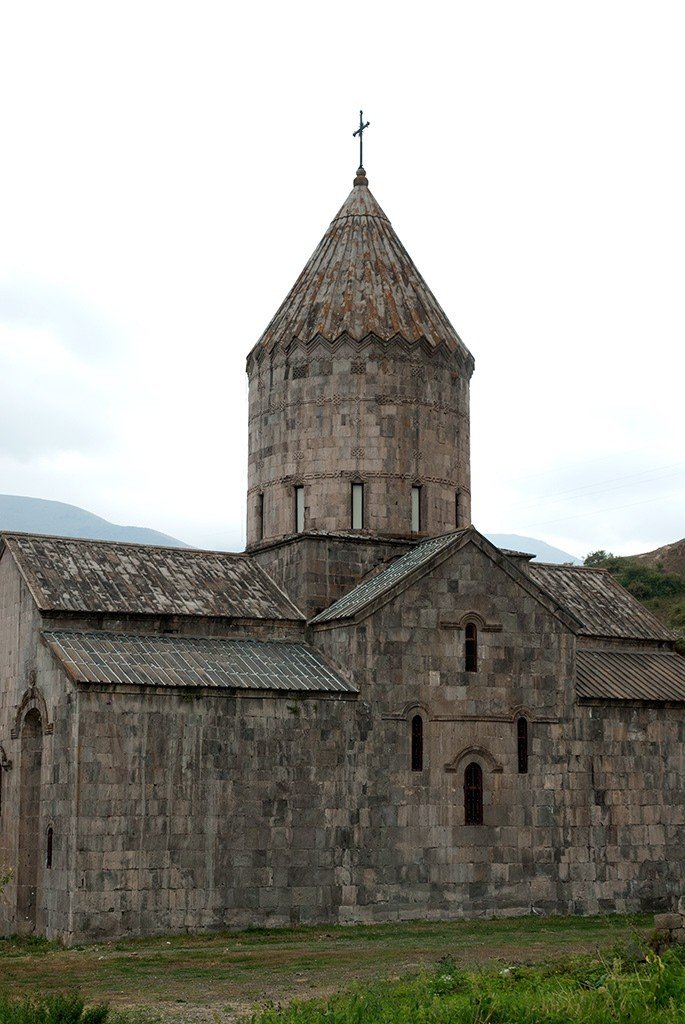
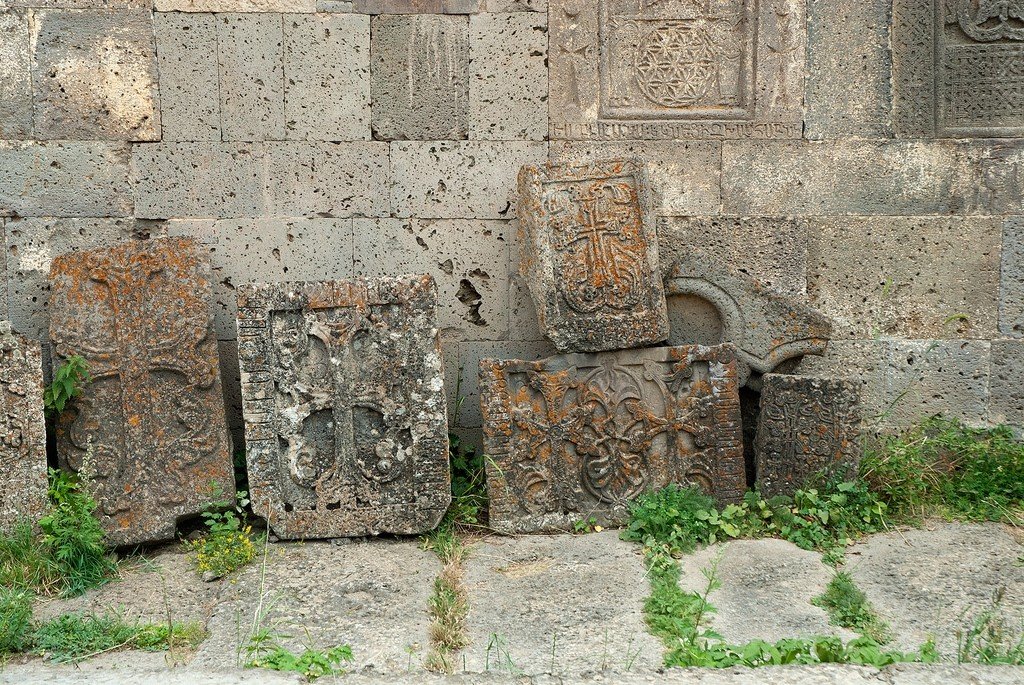
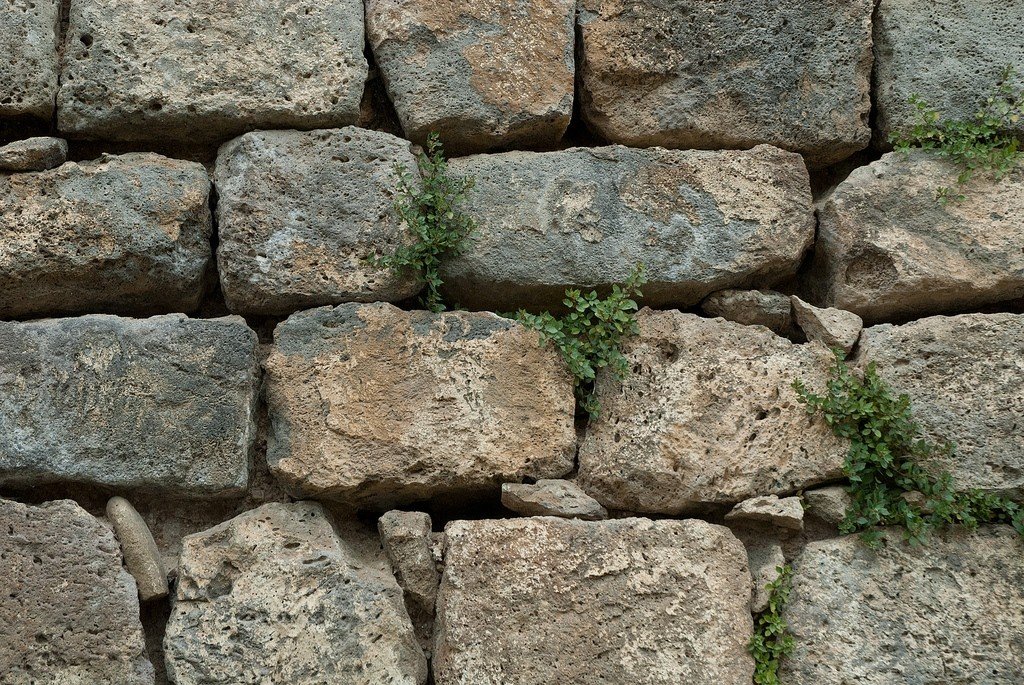
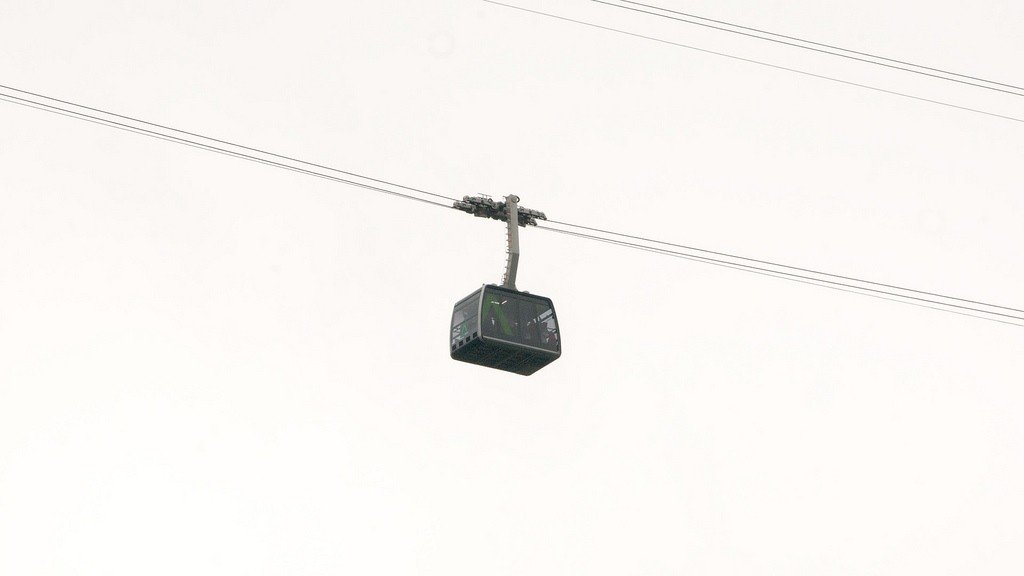
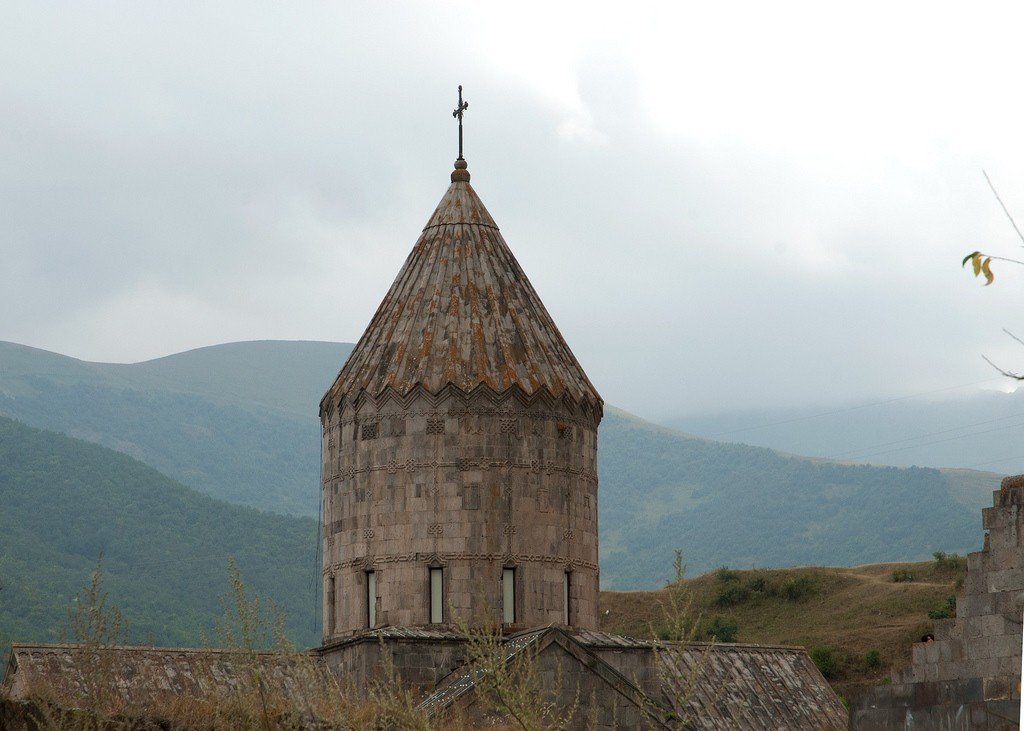
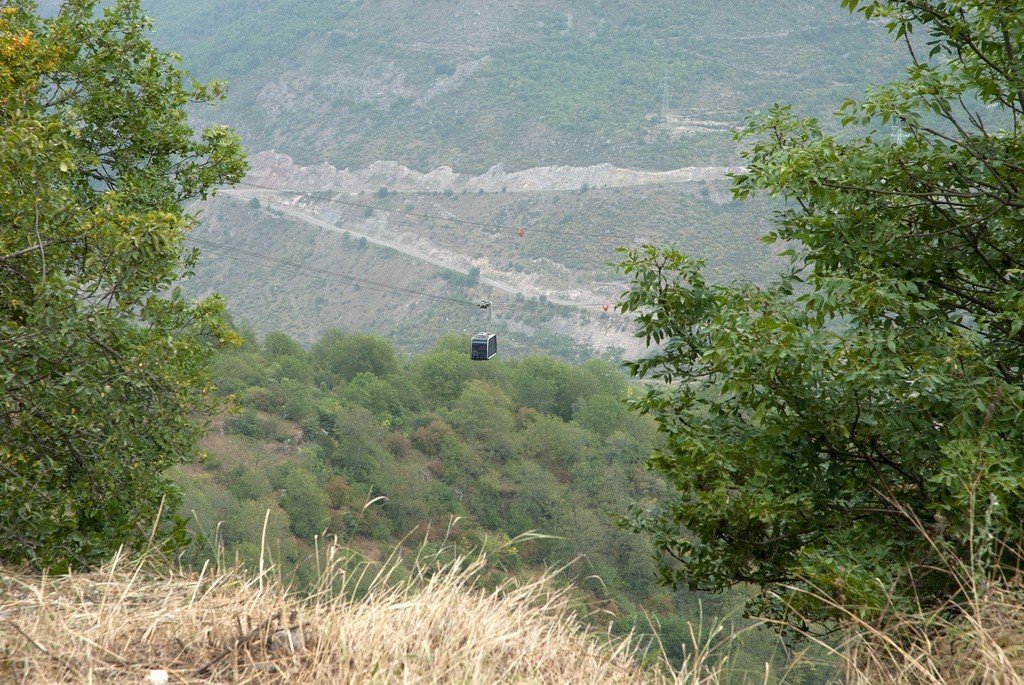
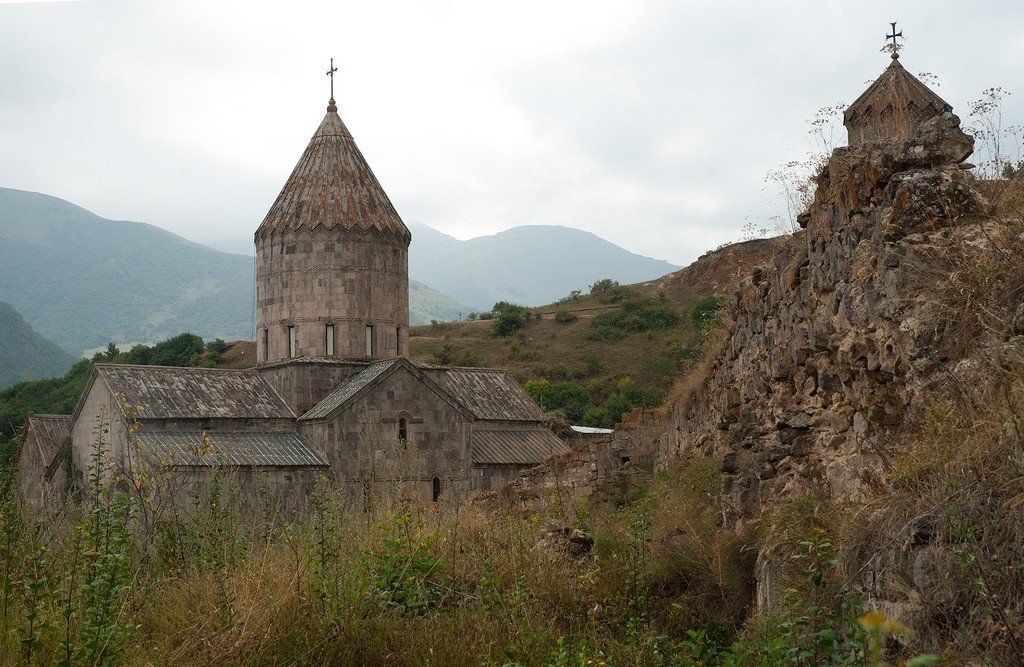
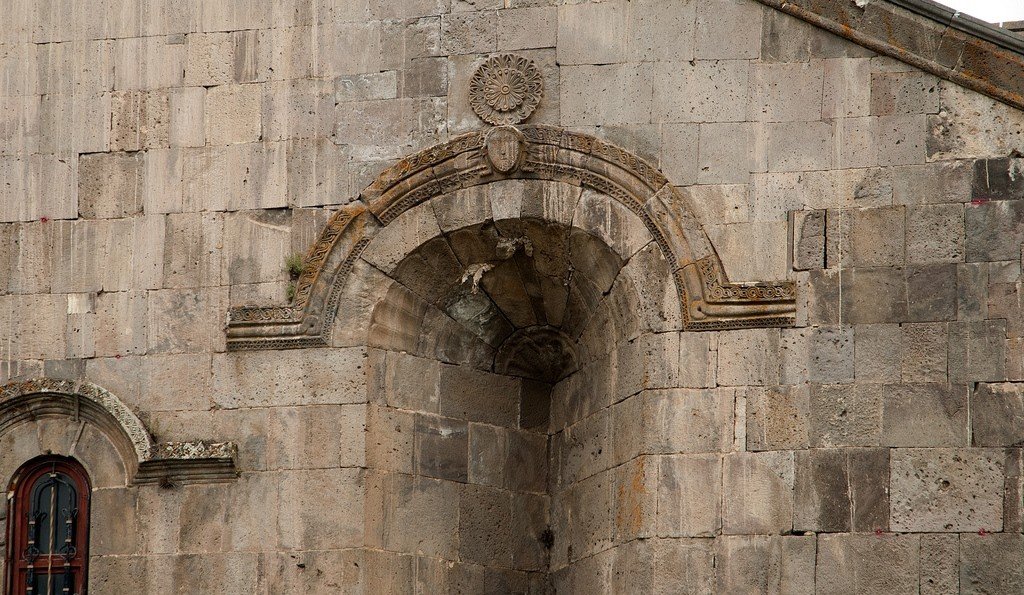
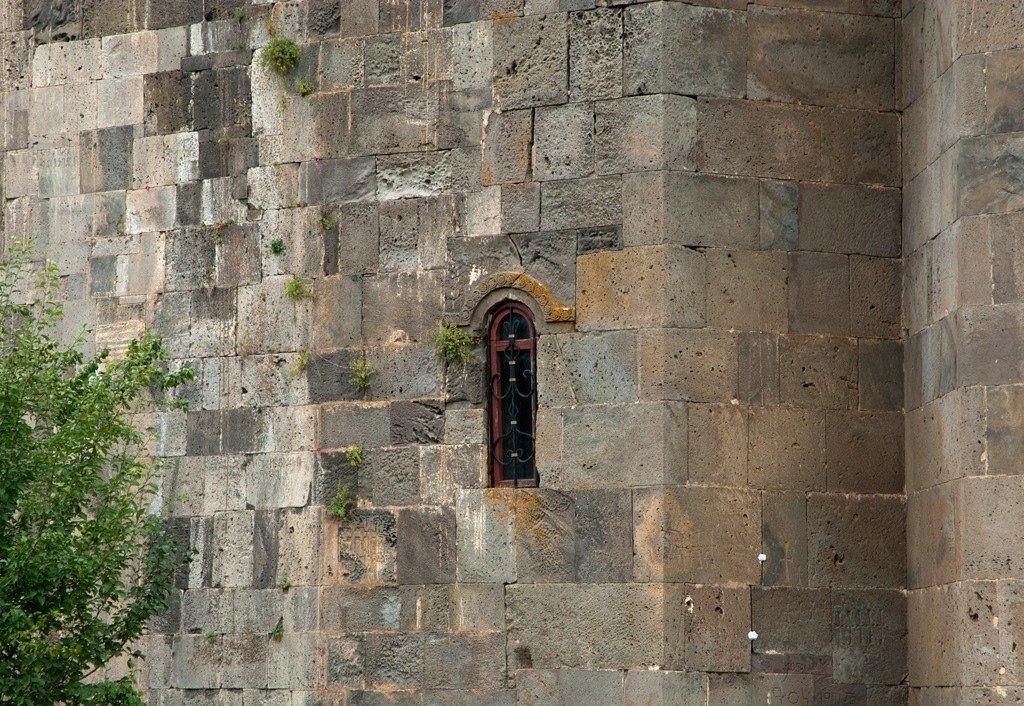
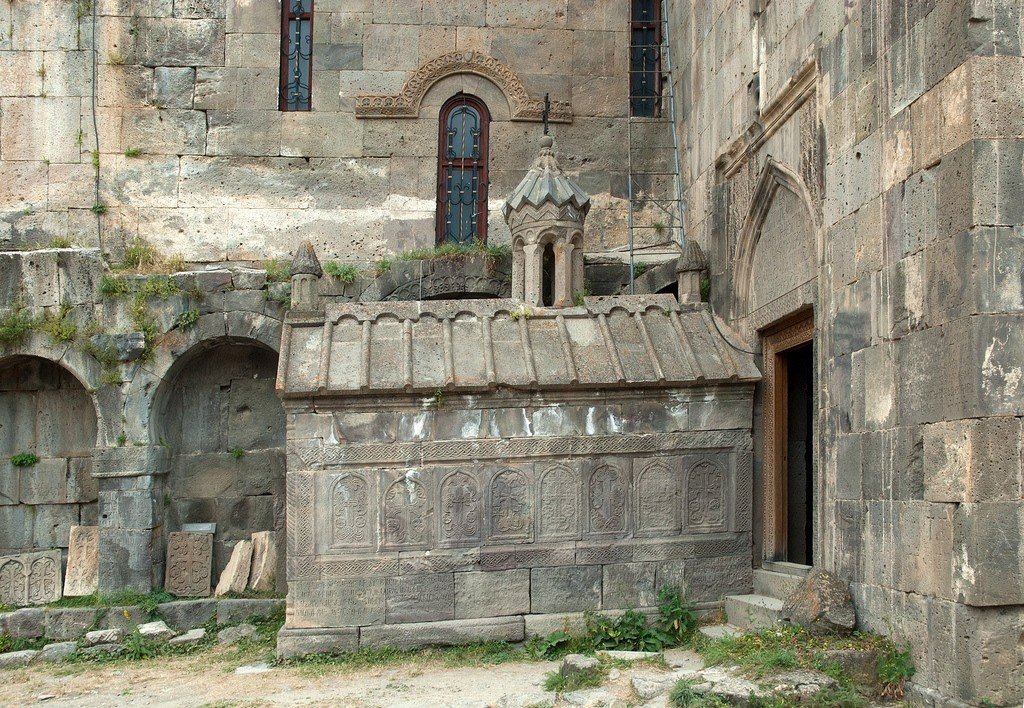
- Road to the monastery
- Tatev – the origin of the name
- Tatev Monastery – the construction and architecture Tatev Monastery – the origin of the name. construction and architecture
- Tatev Swinging Pillar
- Tatev Revival Project
- Tourists
Road to the monastery
The road to Tatev Monastery runs through a gorge, the descent to which is very steep. At the bottom of the gorge flows the turbulent Vorotan River, going into the rocks for several tens of meters. The nature here is mysterious and beautiful. You can get to Tatev monastery by car (or by a small bus) through the gorge, or by a cant road. Tatev’s cabin super-modern cable car is the longest in the world (5.7 km), registered in the Guinness Book of World Records. From the cabin of the cable car, from a height of 320 meters above the gorge opens an indescribable landscape of the confluence of heaven and earth…
.
This gorge seems huge and unreachable to those who look into it, and in the south-west up to the sky rises the peak named after the head of the pagan gods of Armenians Aramazd. Some secret passages are said to lead to the very bottom of the gorge and then even go up to the opposite side of the gorge. Silent, as if floating above the surrounding mountains, it makes a very strong impression. Labyrinths of narrow passages leading from spacious halls to a succession of rooms of different purposes, outlines of niches emerging from the darkness, stone staircases, an arch-shaped doorway to nowhere, approaching the edge of which is breathtaking – the ground seems to go out from under your feet and the abyss opens up under you – somewhere far below is the noise of the river, and around the velvet green hills are puffing and crowding. To a person who first ascends to Tatev, it seems that this is the roof of the world and the Earth has no roof higher than Aramazd.
.
The plateau on which the Tatev Monastery is built is a unique miracle of nature. On this plateau in the pre-Christian era there were pagan temples.
Tatev – origin of the name
There are many versions associated with the etymology of the name of the Tatev monastery.
.
One of them tells that when the construction of the main church of the monastery was completed, and it was only necessary to put the cross on the dome, one of the apprentices of the master makes a cross corresponding to the splendor of the temple and secretly installs it at night. He, however, does not manage to descend from the dome unnoticed and noticing the furious master, throws himself into the abyss, asking God for wings (“tal tev” – “to give wings”). According to legend, this is when the name “Tatev” appeared.
According to another version, peasants in danger asked God to give them wings (“tev” – “to give wings”).
Tatev Monastery – construction and architecture
In 848, Prince Philip built the first church named after St. Grigor Lusavorich (Illuminator). It was, however, destroyed during the invasion of the Seljuk Turks, rebuilt in 1138 and destroyed again by an earthquake. On the same place, in the same compositional style (single-vaulted hall) and again with the same name of St. Gregory the Illuminator, the same church was built in 1295, together with a narthex on the western side. The church of St. Gregory the Illuminator adjoins the main church in the southeastern part. It has a single-vaulted prayer hall and a semicircular altar.
.In general, in the external simplicity of the church’s architecture, the paired cross-shaped windows on the eastern facade and the western front entrance stand out with their rich forms. The main church of the monastery is the church of St. Pogos-Petros (St. Paul-Peter). It was erected next to the church of St. Gregory the Illuminator in 895-906. In 895 Bishop Hovhannes, under the patronage of Grand Prince Ashot of Syunik and his wife Shushan, destroyed the old church and erected a new one in its place. He removes the relics of the Apostles Pogos (Paul) and Petros (Peter) from the walls of the old church and places them again in the walls of the newly built church.
.
Along the outer perimeter of the church on both the eastern and western sides are vestries with semicircular niches. Although similar in composition to the type called a domed basilica, it has certain differences. In the quadrangular prayer hall at a distance of 3 meters from the main altar there is only one pair of domed pylons. On the western side the same role is played by the corners of the sacristy of the prayer hall. By means of such a solution a two-pylon version of the mentioned type was obtained, which is already an innovation. The original dome of the temple was destroyed during the earthquake of 1138. The drum and dome were erected again in 1274.
.The main entrance to the cathedral is located on the west side. There is another entrance on the south side, to which a chapel was later added. The windows are quite large according to the medieval pattern. Of particular interest are the vaults of those windows, in the upper part of which are sculpted images of people, on which on both sides are directed the heads of wriggling snakes (the latter is attributed to the protective purpose).
Instead of the destroyed old bell tower, a new bell tower was added to the church from the west side at the end of the last century.
.The inner walls of the cathedral were covered with frescoes, some of which were painted by foreign masters, in 930 on the initiative of Bishop Akop Dvineci. These frescoes, which are of high artistic and art history value, have been partially preserved. Especially significant were the “Last Judgment” fresco on the western wall and the “Birth of Christ” fresco on the northern wall.
.
The next church of the complex is the Church of St. Astvatsatsatsin (Virgin Mary), located above the crypt rooms (presumably the burial vaults) in the northeast corner of the monastery walls. The church was built in 1087 under Bishop Grigor, the abbot of the monastery. Given the location of the church on a hill, it was also given the importance as a watchtower.
Along the rectangular contour along the entire front, except for the western side, there is a structure with two triangular niches each, without sacristies, and the entrance is on the western side. The exterior architecture is characteristic of the style of the era. The high cylindrical drum, rising above the facades, which are generally solved with clear simplicity, is decorated with ornament covering the paired semi-columns and is crowned with a folded mantle.
.The Swinging Pillar of Tatev
One of the most famous buildings of the Tatev monastery complex is the obelisk monument – “Staff – Pillar” or “Vardapet’s Staff” (“Archimandrite’s Staff”), dedicated to the Holy Trinity. It is erected in an octagonal recess surrounded by borders. The three-stage composition is about 6 meters high. Rising to the monolithic stone pedestal polyhedral first and second steps are completed with cornices, and the third – embedded in the pedestal cross-stone.
.
From the point of view of architecture, the pillar is an extremely interesting construction. With its stone cladding and lime-concrete core, the pillar resists not only all kinds of elements but also rocking throughout its height, and because of this it is generally known as the “Rocking Pillar”. The explanation for this unprecedented phenomenon still needs to be clarified. According to some scientists it is due to the presence of hinge joints in the base, while others believe that the rocking occurs by giving the lower plane of the pillar plate a certain inclination. It is said that at one time the pillar was called “Vardapet’s Staff” because seminarians took an exam at the pillar and if their impressive voices, sounds of spiritual chants (sharakans) made the pillar start to sway, they were honored with ordination to various ecclesiastical ranks: priest, deacon, hieromonk and others. It also served as a warning system, warning by its swaying that an enemy army was approaching.
.Tatev Revival Project
On the initiative of Russian entrepreneur Ruben Vardanian, the Tatev Revival Project was launched in 2008 as a charitable initiative under the management of a public-private partnership.
The project is based on the idea of the “Tatev Revival” project.
The project is based on the idea of reconstructing a medieval Armenian monastery, reviving the academic and spiritual traditions of the monastery, as well as implementing measures that contribute to the development of the region’s tourist infrastructure, improving the living standards of the local population and involving them in the hospitality industry.
The project is based on the idea of revitalizing the medieval Armenian monastery, reviving the academic and spiritual traditions of the monastery, and implementing measures that contribute to the development of the region’s tourist infrastructure, improving the living standards of the local population and involving them in the hospitality industry.The project was officially launched on October 16, 2010, the day the Wings of Tatev cable car was launched. All profits from the operation of the aerial tramway go to the project fund and are earmarked for the reconstruction of the monastery and the development of local communities.
.
Since the opening of Tatev Wings, the number of tourists visiting Tatev has increased tenfold, with 69,000 visitors to the monastery using the cable car in 2012 alone, and 10 new hotels opened in the town of Goris, located 20 kilometers from the cable car. The project is scheduled to be completed in the fall of 2017.Now the Tatev Monastery is inactive and undergoing restoration work, but it is always open to tourists.
.
Getting to it has become much easier than before: in 2010, the Tatev cable car was opened through the Vorotan Gorge, connecting the villages of Alidzor (not far from the Yerevan highway) and the village of Tatev itself.
.If you will be in Armenia, don’t spare time for this excursion: silent, as if floating above the surrounding mountains, Tatev makes a very strong impression.
.